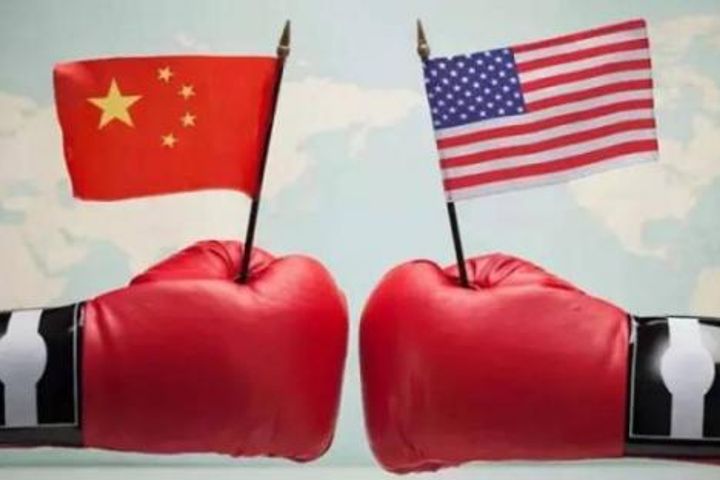 Analyzing China-U.S. Trade From Global Value Chain Perspective Provides Better Insight, MOFCOM Says
Analyzing China-U.S. Trade From Global Value Chain Perspective Provides Better Insight, MOFCOM Says(Yicai Global) Feb. 8 -- Most experts from the World Trade Organization and the Organization for Economic Co-operation and Development (OECD) agree that analyzing benefits reaped by China and the U.S. through bilateral trade from the perspective of the global value chain can better provide a comprehensive view of the current situation, China's commerce ministry said.
"For example, based on the calculations made by the Chinese Academy of Sciences, the trade surplus between China and the U.S. from 2010 to 2013 when calculated by Trade in Value-Added (TiVA), is 48 to 56 percent lower than calculations based on traditional models," said Gao Feng a spokesperson at China's commerce ministry in a regular press briefing.
Gao continued, "Bilateral trade surplus is goods-based, in terms of the total trade scale from goods, services, multinational corporations, and overseas sales, the trade interest of both countries remains balanced on the whole."
He cited China-U.S. trade experts, who agree that advancing improvements to and applications of statistical patterns for TiVA is conducive to seeing the issue of trade interests in a more objective and rational sight.
China and the U.S. have taken the lead in jointly promoting the establishment of an APEC-wide database of TiVA by the end of this year. By then, the database will provide a clearer picture of where Asia-Pacific countries "rise and fall together" in the value chain and how their interests are closely linked, Gao said.
"Over the past few years, both countries have been making collaborative efforts on this task with smooth progress achieved. We hope that there will be more similar mechanisms for consultation and information exchange with the U.S. to jointly steer global trade development on to the right track and to allow more people to benefit from cooperation in the global value chain," he said.